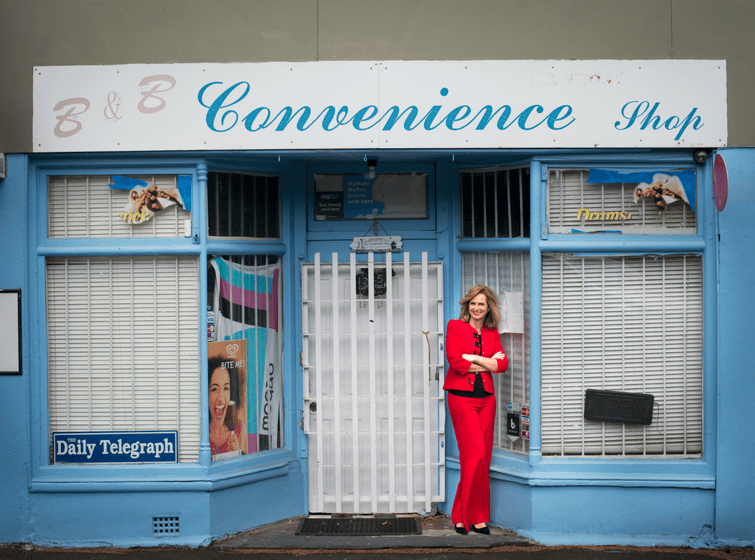Big Australia — Big Opportunity
The Australian population has grown by 400,000 in the last 12 months and is likely to reach 25 million sometime this year. As I watched the Four Corners episode on Big Australia, whilst I felt a little ‘cramped’, I also felt that this is the most exciting time ever to work in retail.
I felt ‘cramped’ simply because 70% of all commuters travel to work by car — yet the public transport and travel infrastructure is not keeping pace with population growth. Living in Sydney it does not matter when you leave your house, one thing you can count on is traffic. A quick trip to the shops on a Saturday mostly ends up with hours of lost leisure time sitting in a car. Melbourne is growing faster than Sydney and will overtake it in terms of population size, and Perth and Brisbane will be the size that Sydney is now, in just a few decades.
This represents growth opportunities for many, but retailers continue to falter as customer priorities change dramatically. Attracting traffic in-store — and regularly — is increasingly challenging.
There is much media commentary about the state of Australian retail (as per this piece from SmartCompany)… however, I have a view too and clear actions of what we are doing about it which is so far delivering double-digit growth.
Amazon Australia is at the beginning of its journey here and whilst its launch may be considered underwhelming, it will build. In its first month, some 4 million people visited its Australian site. Right now, however, Australian consumers are feeling the pinch of dramatic increases in utility costs and home loans as a proportion of earnings are way up too. That means that the discretionary spend is softer as people choose to save more.
Here lies the opportunity…
Retailers must innovate and reinvent the consumer experience to coax people out of their homes and in store. The first question to ask is ‘why would someone give up their leisure time to visit us’.
Online retailers use sophisticated machine learned search functions to help customers find what they are looking for. The department stores B&M (bricks & mortar) approach does little to curate/guide the customer to what it is that they are looking for. Consumers are moving away from shopping in a department store as they see it as an old fashion model, as a display centre where people can shop and compare whilst instore if they find an item they want. Online has become far more attractive for younger audiences — simply because of relevance.
There is growth in some B&M stores; Sephora in the US is opening stores at lightning pace. Niche players in luxury and cosmetics are doing well because it is a blend of experience and presenting products that are curated.
Despite population growth retailers are not seeing an uplift. Simply put, they cannot compete on price and range — retailers need uniqueness and a clear consumer proposition. Just consider that Amazon algorithms match prices (30m adjustments every day) — machine learning at its most powerful (and Amazon offers these tools to their eCommerce customers who host with them through AWS).
Despite the fact that 20% of Amazon reviews were negative over the 2017 Christmas period, right now its customer perception is not much better than eBay.
Australian retailers appear to have fallen from the high/low cycles — meaning that discounting and promotions are run constantly, eating into precious margins. Amazon negates the effectiveness of the high/low lever to drive traffic because Amazon will match all the promo prices which takes out the retailers ability to build margin in non-promo times.
The biggest challenge is the last mile. Australia Post does 75% of all online deliveries and this creates bottlenecks. Amazon still has to deal with the same distribution and infrastructure, though with time, that will change. Who would have thought that collaborative consumption would happen to transport eg: Uber. And the same will happen with parcel delivery…
Also published on Medium.

